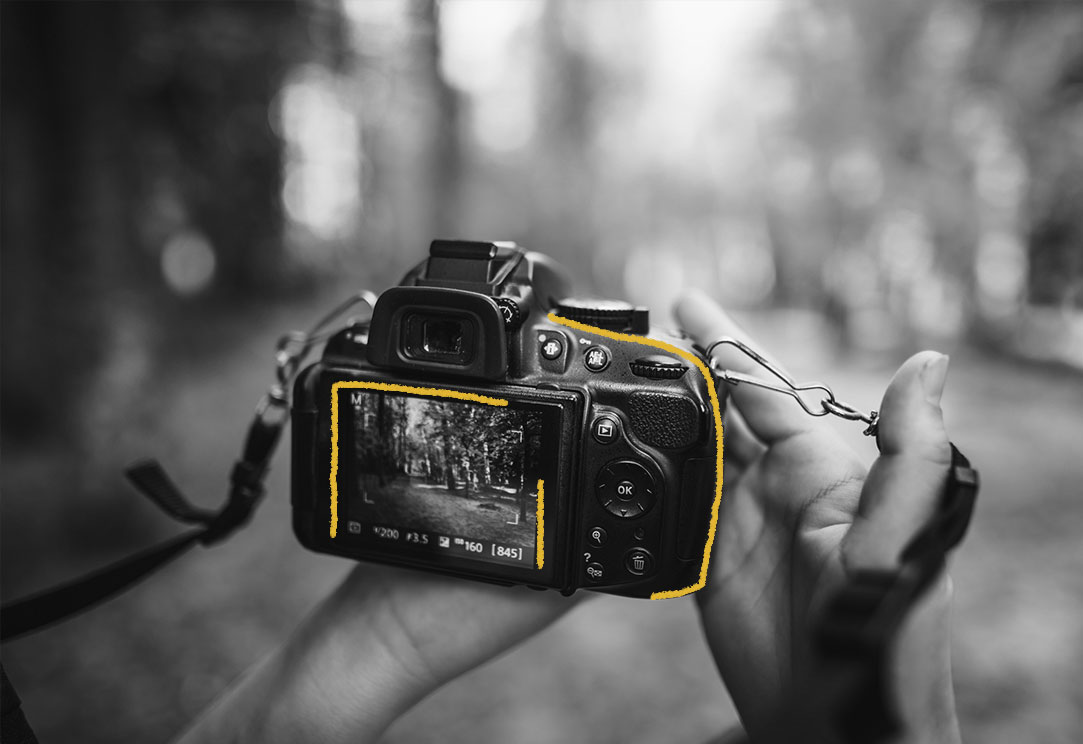There were a few early attempts at digital cameras, including NASA’s Eugene F. Lally’s theories about digital photography in the 1960s and a patented proposal for a digital camera by Texas Instruments employee Willis Adcock roughly 10 years later. The first digital camera was invented by Steven Sasson in 1975. The prototype weighed nearly 4 kg and was built from a movie camera lens, an analog/digital converter, a CCD imaging area array, several dozen digital and analog circuits wired together on six circuit boards, and 16 batteries. Sasson was working for the Eastman Kodak Company at the time, but they declined to develop his innovation. The CCD, or charged-couple device, is what allowed digital photography to take off. The first cameras to use CCD sensors were specialist industry models. Then in 1981, Sony demonstrated a prototype Mavica model. Similar analog electric cameras were used by news outlets but weren’t affordable or practical for the average person to own. The first true digital camera was built in 1981 by the University of Calgary Canada ASI Science Team; it was called the Fairchild All-Sky camera and was used to photograph auroras in the sky. It was the first camera to record digital data rather than analog. The first digital camera to go on sale in the US was 1990’s Dycam Model 1. The first image-manipulation program for Macintosh, Digitial Darkroom, debuted in 1988. The first iteration of Adobe PhotoShop arrived in 1990. Various companies like Kodak, Nikon, Canon, and Pentax developed and released digital cameras. Apple even launched the QuickTake 100 in 1994; it was the first color digital camera available for less than $1,000 and was built by Kodak. Both SmartMedia and CompactFlash memory cards debuted in 1994. Eventually, DSLR cameras were released to compete with (and largely replace) professional-style SLR cameras. (Notably, DSLRs are now slowly being phased out in favor of mirrorless cameras.) It’s impossible to talk about digital cameras without also mentioning phone cameras. The first camera phone, the Kyocera Visual Phone VP-210, debuted in 1999. In 2007, Apple launched the first iPhone. From there, phone cameras quickly improved — phone memories were enlarged so users could take more pictures, CCD sensors were replaced with CMOS chips that used less power, and 3G/4G/5G made sharing photos digitally in an instant a reality. Today, most people take photos on their smartphones, but handheld digital cameras are still often used by professionals to capture high-quality images of special moments such as weddings or family portraits.

Your go-to guide for weird history facts
Subscribe to the FREE daily email that makes learning about history fun.


